'Home Grown National Park' -- acting to restore biodiversity
loris
2 years ago
Featured Answer
Sort by:Oldest
Comments (28)
davidrt28 (zone 7)
2 years agolast modified: 2 years agodavidrt28 (zone 7)
2 years agolast modified: 2 years agoRelated Professionals
Elwood Landscape Architects & Landscape Designers · Aberdeen Landscape Contractors · Secaucus Landscape Contractors · Sahuarita Landscape Architects & Landscape Designers · New Berlin Landscape Contractors · Dale City Siding & Exteriors · North Bellmore Siding & Exteriors · Poway Siding & Exteriors · Lancaster Decks, Patios & Outdoor Enclosures · Maple Valley Landscape Architects & Landscape Designers · Belmont Landscape Architects & Landscape Designers · Rancho Palos Verdes Landscape Architects & Landscape Designers · Metairie Landscape Contractors · Shoreview Landscape Contractors · Ramona Driveway Installation & Maintenancecyn427 (z. 7, N. VA)
2 years agolast modified: 2 years agoSkip1909
2 years agolast modified: 2 years agoloris
2 years agolast modified: 2 years agomaackia
2 years agolast modified: 2 years agoJay 6a Chicago
2 years agolast modified: 2 years agoloris
2 years agoloris
2 years agoL Clark (zone 4 WY)
2 years agolast modified: 2 years agomaackia
2 years agolast modified: 2 years agokarin_mt
2 years agosam_md
2 years agolast modified: 2 years agoSkip1909
2 years agolast modified: 2 years agol pinkmountain
2 years agoloris
2 years agoloris
2 years agol pinkmountain
2 years agokarin_mt
2 years agomxk3 z5b_MI
2 years agol pinkmountain
2 years agolast modified: 2 years agoloris
2 years agokarin_mt
2 years agocyn427 (z. 7, N. VA)
2 years agol pinkmountain
2 years agol pinkmountain
2 years agoloris
2 years ago
Related Stories
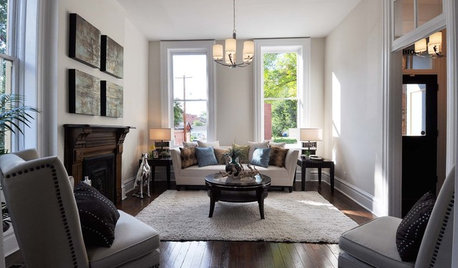
HOUZZ TOURSHouzz Tour: Restoration Revives a Historic Italianate Home
Painstaking work on a 3-bedroom in St. Louis results in a home that marries modern conveniences and respect for the past
Full Story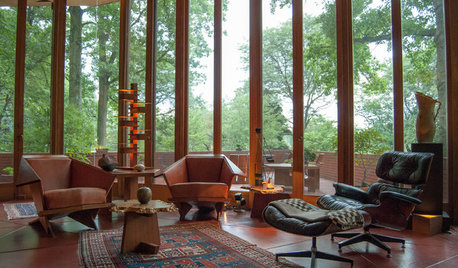
HOUZZ TOURSHouzz Tour: A Frank Lloyd Wright Home, Lovingly Restored
In a 15-year labor of love, one dedicated Ohio couple focuses on conserving over remodeling, protecting an architectural legacy
Full Story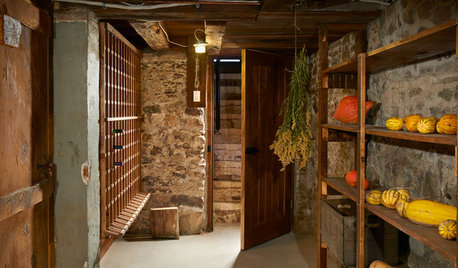
DECORATING GUIDES11 Quirky Features Worth Preserving in Historic Homes
Dumbwaiters, root cellars, phone niches: Vintage details such as these add charm and tradition to a house
Full Story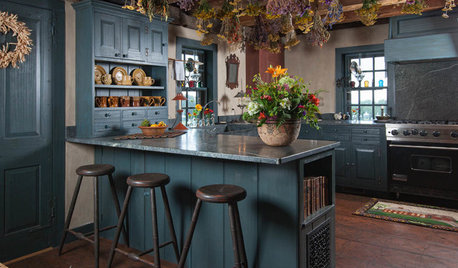
HOUZZ TV FAVORITESHouzz TV: See How Early Settlers Lived in This Restored Pilgrim House
Passionate restoration and preservation efforts give a 1665 home an honored place in the present
Full Story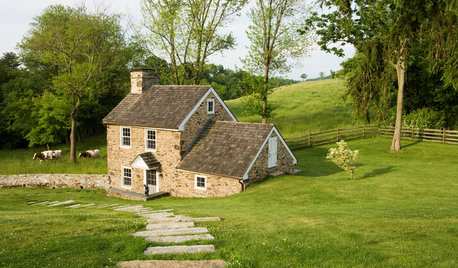
BEFORE AND AFTERSRestoration Rallies a 1790 Stone Springhouse
An old outbuilding gets a new purpose — several purposes, that is — thanks to careful efforts by stonemasons and architects
Full Story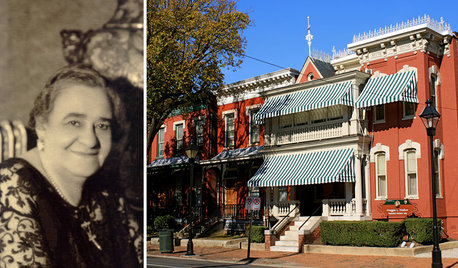
HISTORIC HOMESInside the Home of a Civil Rights Trailblazer
Business leader Maggie L. Walker championed national change from an inspiring home base in Virginia
Full Story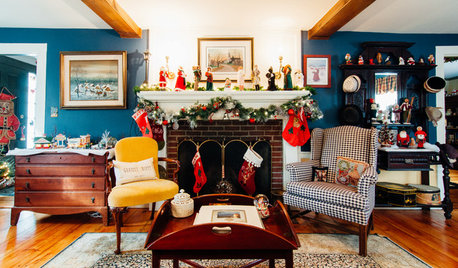
CHRISTMASMy Houzz: Traditional Christmas Charm in an Updated 1840s Home
A couple with grown children have filled their warm and inviting forever home with antiques and sweet holiday touches
Full Story
HOUZZ TVHouston Couple Rebuild After a Hurricane Wipes Out Their Home
These homeowners asked their designer to act fast after floodwaters destroyed their midcentury home
Full Story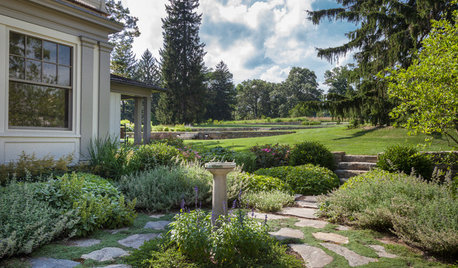
TRADITIONAL HOMESHouzz Tour: Connecticut Farm Restored for Generations to Come
A man renovates his extended family’s stately farmhouse and land. Sustainable practices are used in gardens, wetlands and recreation areas
Full Story
SMALL HOMESHouzz TV: See a Man Turn a ’70s Airstream Into a Cool, Happy Home
You may have already read the article on Houzz — now check out the video of Jordan Menzel’s restored Airstream trailer home
Full Story





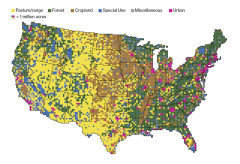

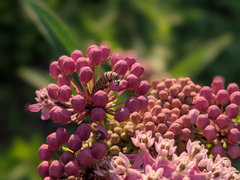
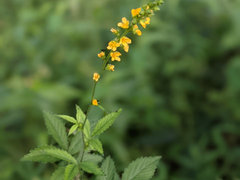

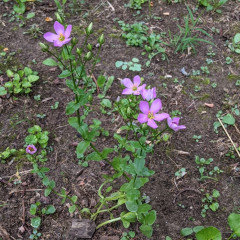
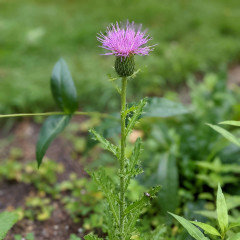
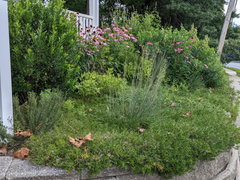

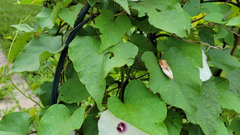

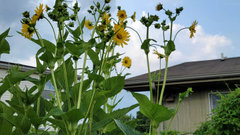
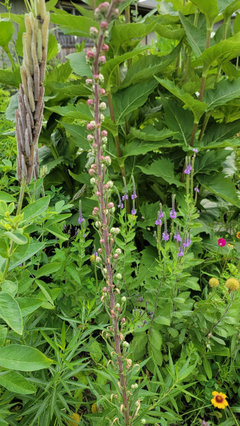

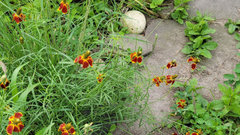

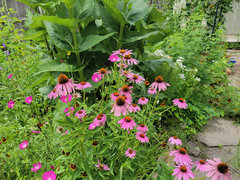

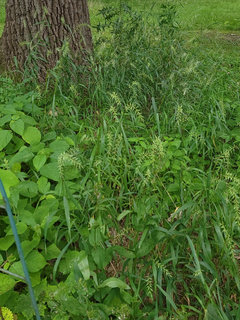



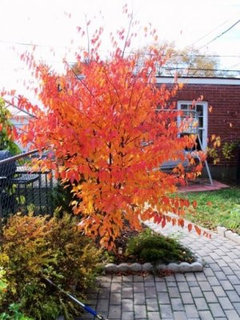

l pinkmountain